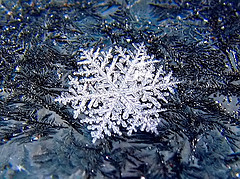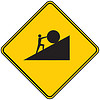In case you had to work yesterday, and were unable to make the Environmental League of Massachusetts‘ Democratic Senate candidate forum1 at BU, we’ve managed to scrounge up some coverage of the debate. Although a live webcast was available, an archived stream does not seem to be however, NECN has a few minutes of video along with their summary. WBUR also has a brief, if blasé write-up, whereas the Globe’s article at Boston.com includes some colorful quotes.
The Massachusetts League of Environmental Voters—not to be confused with ELM above, but co-sponsors of yesterday’s debats—has compiled a set of resources which you may find useful in evaluating which candidate to vote for.
P.S. If you’re not yet registered to vote, applications must be postmarked today in order to vote in the primary; if you register as a member of a party holding one.
1. ELM is working to arrange a similar session with Republican candidates.

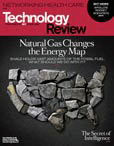

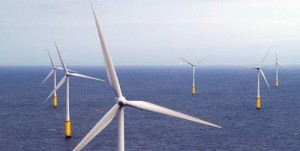 Besides
Besides 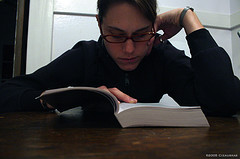
 On Monday, as another step in
On Monday, as another step in 
